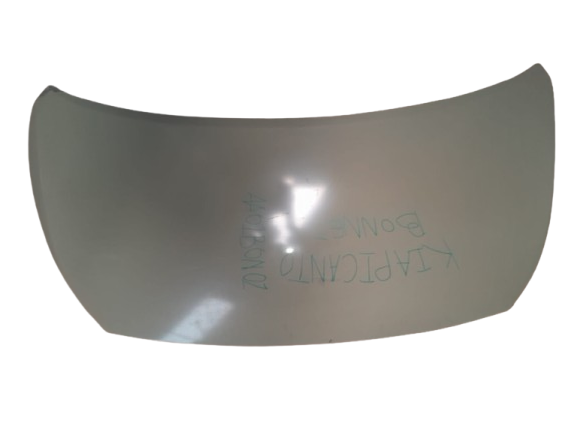

Overview
The bonnet (also known as the hood) of the Kia Picanto from the 2010 model year onwards plays a crucial role not only in protecting the engine bay but also in contributing to the car’s overall aesthetic appeal and aerodynamic efficiency. The Picanto, Kia’s popular city car, has seen various design updates across its generations, but the bonnet consistently maintains functionality, safety, and visual design as core priorities.
Design and Aesthetics
From 2010 onwards, the Kia Picanto has gone through a number of visual evolutions. The second-generation model (2011–2017) introduced a more rounded, modern look compared to its boxier predecessor. The bonnet was reshaped with smoother contours, subtle creases, and an aerodynamic profile that integrated seamlessly with the Picanto’s compact and stylish front fascia.
The third-generation (2017–2020) and fourth-generation (2020 onwards) models continued this trend, incorporating sharper lines and a slightly more aggressive stance. The bonnet features precision creases that not only enhance the car’s visual presence but also improve airflow and reduce drag at higher speeds. In most trims, it aligns perfectly with the signature “tiger-nose” grille and compact headlights, delivering a cohesive and modern look.
Material and Build Quality
The bonnet of the Kia Picanto is typically made from lightweight, corrosion-resistant steel or aluminium (depending on trim and market), designed to offer durability while keeping the car’s overall weight down. The inner structure is reinforced to meet modern crash safety standards, helping to absorb impact forces in the event of a collision.
Some models also come with under-bonnet insulation to help reduce engine noise and improve cabin comfort. The hinges and latching mechanisms are built to be robust, with easy operation for routine maintenance access.
Compatibility and Replacement
Bonnet compatibility for the Kia Picanto is generally grouped by generation due to design and size differences. For example, a bonnet from a 2011 model will not directly fit a 2020 model without modification. When replacing the bonnet, it’s important to match it to the specific year and trim level of your Picanto to ensure correct fitment and alignment with the grille, headlights, and wings.
Aftermarket bonnets and OEM (original equipment manufacturer) options are widely available, with choices for primed, painted, or bare metal finishes. Many suppliers also offer second-hand parts sourced from salvaged vehicles, which can be a cost-effective option.
Conclusion
The bonnet of the Kia Picanto (2010 and upwards) is a vital component that combines form and function. With each generation, Kia has refined its design to ensure better aerodynamics, safety, and visual appeal. Whether you’re looking to replace a damaged bonnet or upgrade the appearance of your car, understanding the specifics of your Picanto’s model year is key to choosing the right part.
